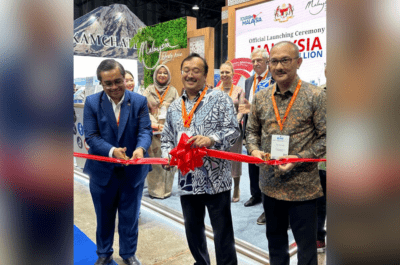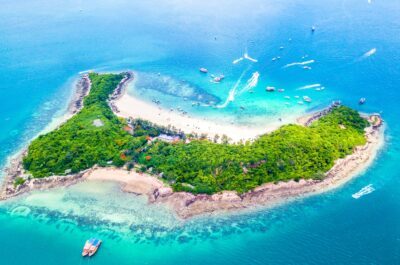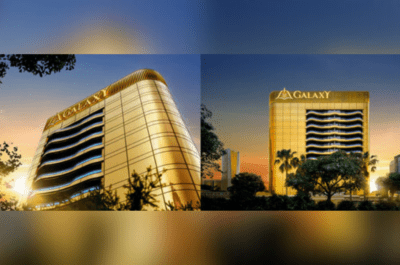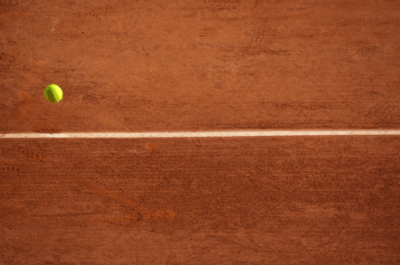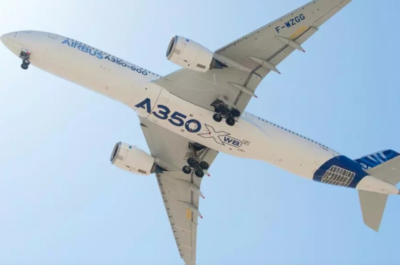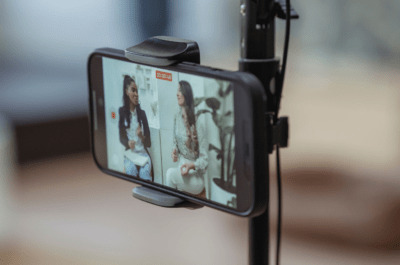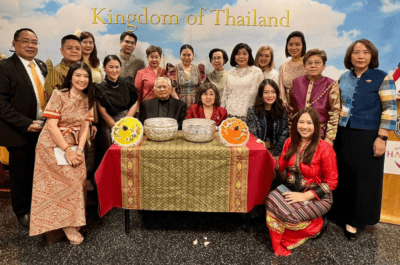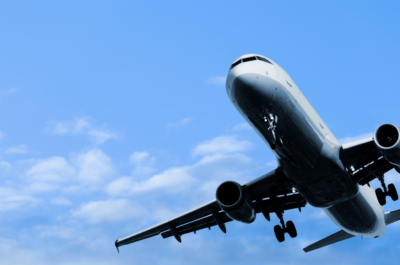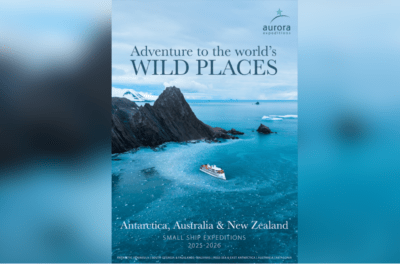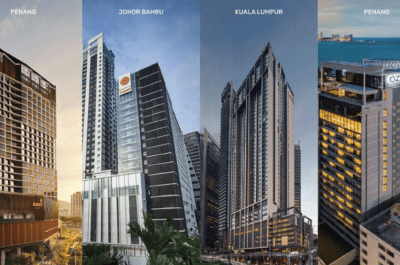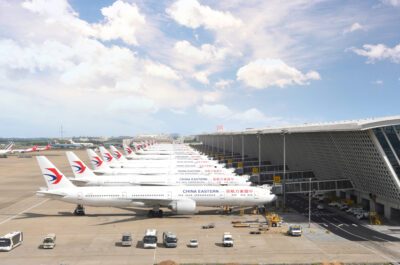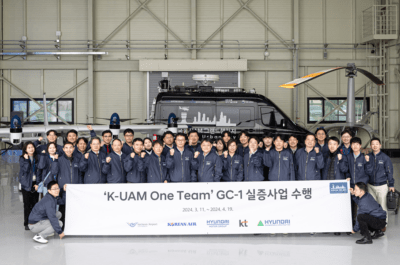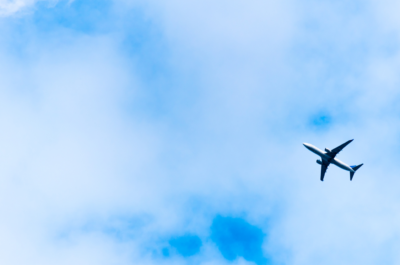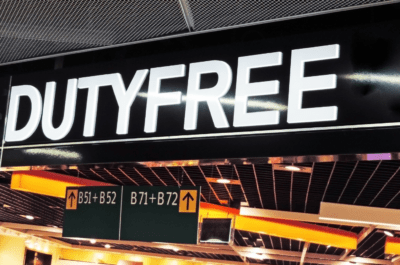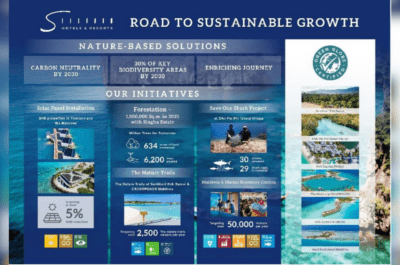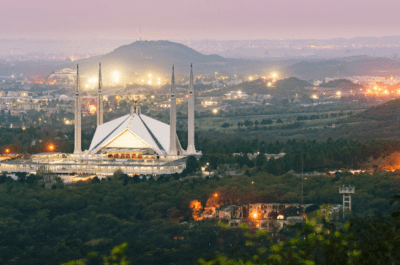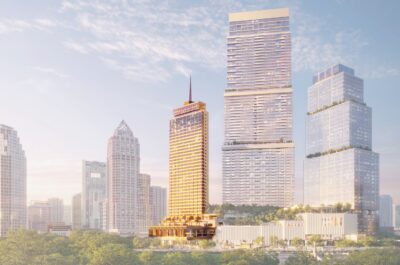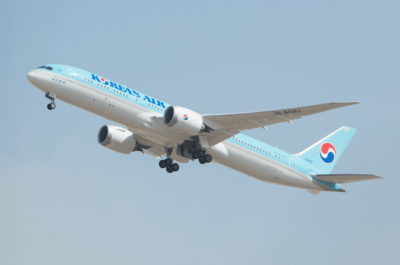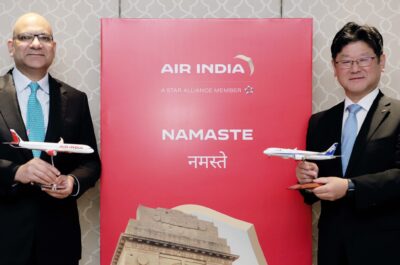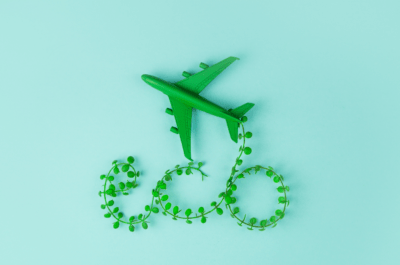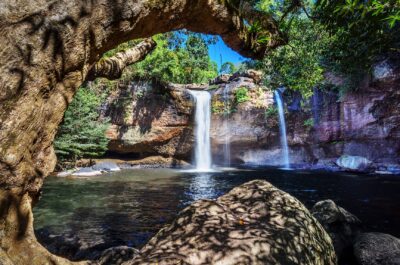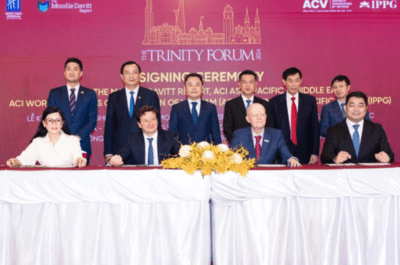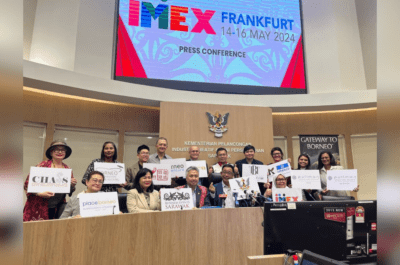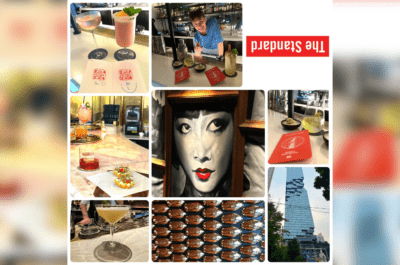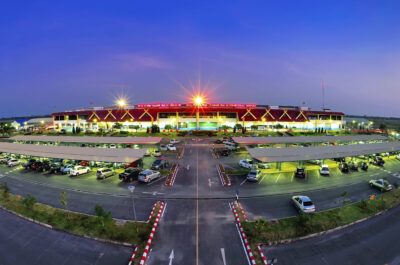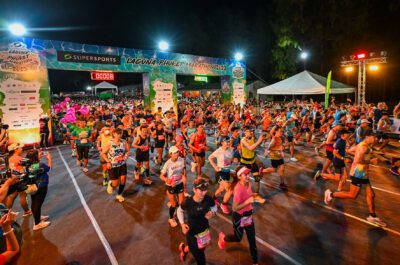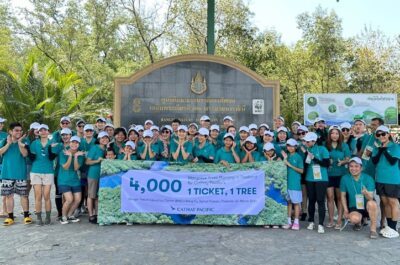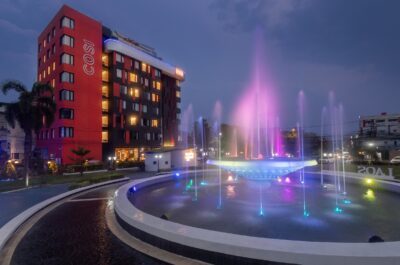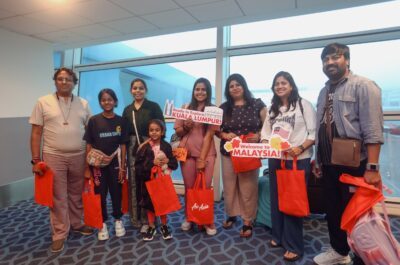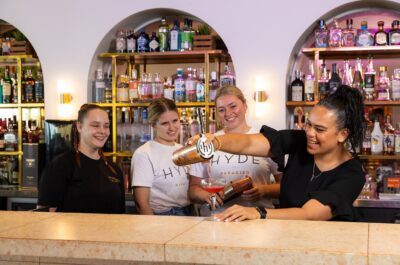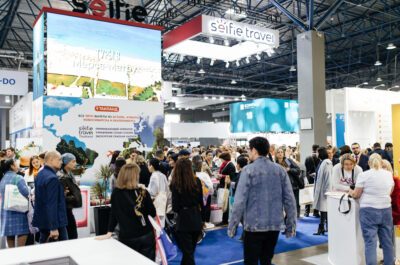As might be expected, Sydney attracts by far the largest share of foreign visitors to Australia…
As might be expected, Sydney attracts by far the largest share of foreign visitors to Australia – 56 per cent in 2002 as against 26 per cent for Melbourne in second position in the city/region ranking. Sharing third place are the Gold Coast, Tropical North Queensland and Brisbane – all with an 18 per cent share.
While the majority of destinations attract mainly leisure travellers, both Sydney and Melbourne rely heavily on the corporate travel market, especially meetings, incentives, conventions and exhibitions (MICE) business. According to Sydney Convention & Visitors Bureau (SCVB), convention delegates spent on average A$1,058, which was four times more than the average international tourist to Australia. The state of New South Wales accounted for A$2.3 billion of the estimated A$7 billion value of the meetings and exhibitions sector last year.
The results of a study released in mid-2003 by the SCVB showed that the significant areas of delegate spending over the duration of their stay (four nights on average), were: domestic air travel (A$561), registration (A$523), hotel accommodation (A$370), shopping (A$153), and restaurants (A$126), recreational facilities (A$112), convention social functions (A$96), and tours (A$95), illustrating the immediate flow-on effect to the community of these lucrative visitors.
Domestic delegates (intra- and inter-state), who comprised 82 per cent of the survey sample, spent on average of A$942 during their stay at the conference location.
The study also revealed that 37 per cent of delegates travelled with at least one companion, while a substantial 40 per cent were accompanied by two or three others, and 11 per cent took four or more, generating an even more impressive yield from delegates. A significant proportion of delegates said they would take a holiday in their conference location or other parts of the country before or after the convention. Some 22 per cent of delegates took pre- or post-conference tours, with Sydney being the main beneficiary (52 per cent), followed by the Blue Mountains (16 per cent).
Despite Australia`s significant decline in visitor arrivals in the second quarter of 2003, Deloitte Touche`s HotelBenchmark Survey suggests that the Australian hotel industry managed to improve its performance during the first half of the year. Of the eight cities tracked across Australia, the star performers were Brisbane, Hobart and Perth, which reported increases in revpar of between 7.5 per cent and 13 per cent.
Following the collapse of Ansett towards the end of 2001, the Hobart and Perth hotel markets understandably suffered, but both cities have benefited from airlines such as Qantas and Virgin Blue engaging in price discounting activities in an effort to stimulate domestic demand during the holiday seasons. Brisbane hoteliers, who managed to increase average room rates by 10 per cent to A$126 (at around A$1.65 to US$1) during the first half of 2003, have also benefited from minimal additions to rooms supply over the last year.
Conversely, however, both Adelaide and Cairns reported the largest declines in revpar, of 7 per cent and 4 per cent respectively. Cairns, a major tourism destination with a high dependency on the Asian market, suffered the highest occupancy declines (of over 5 per cent) of any of the cities tracked. New supply coming online as well as the poor global trading conditions also put pressure on Adelaide occupancy levels, which fell by 4.5 per cent during the first half of the year to 69 per cent.
Theodore is the Co-Founder and Managing Editor of TravelDailyNews Media Network; his responsibilities include business development and planning for TravelDailyNews long-term opportunities.
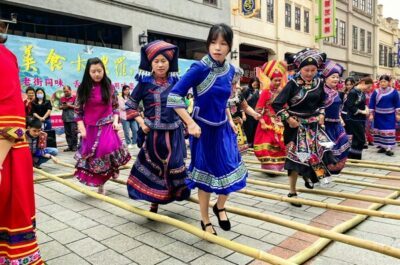
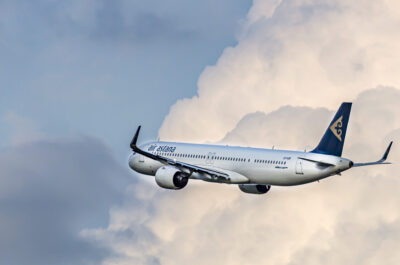

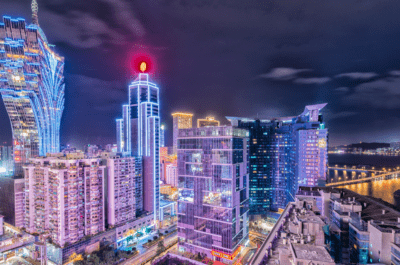
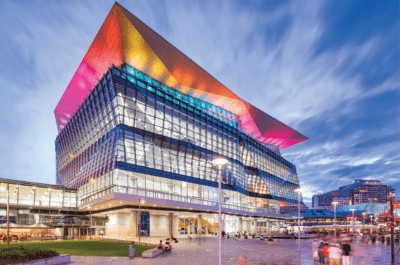

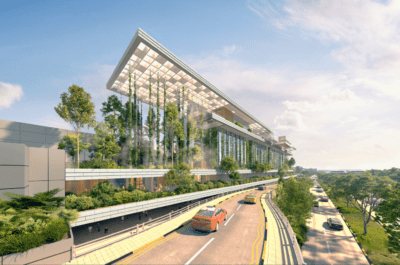

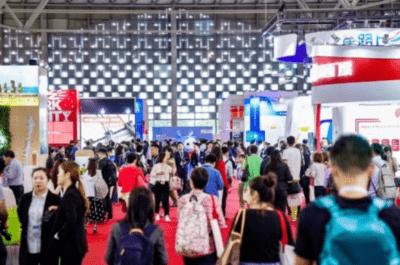





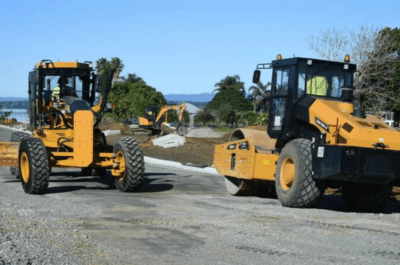

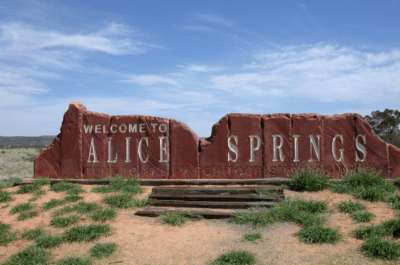
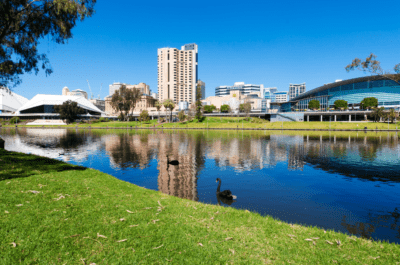


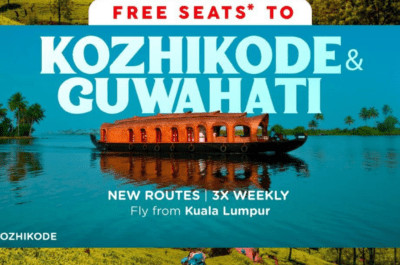
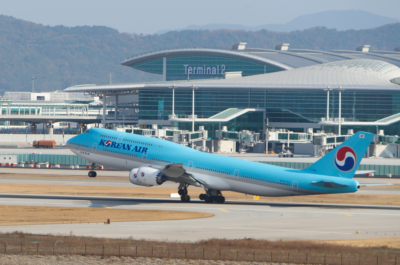
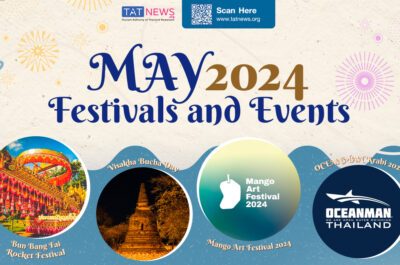

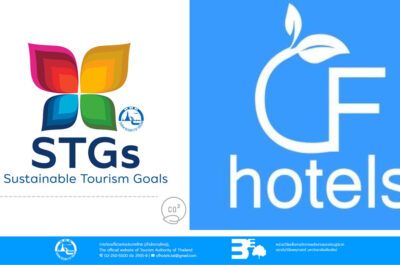
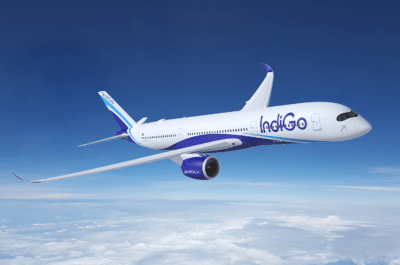
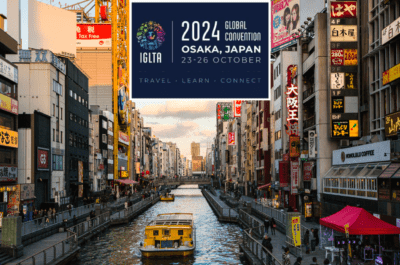
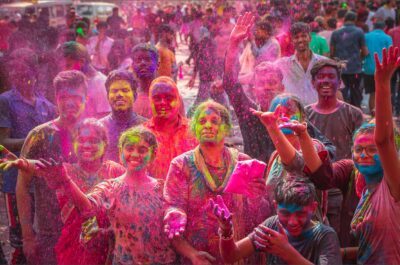

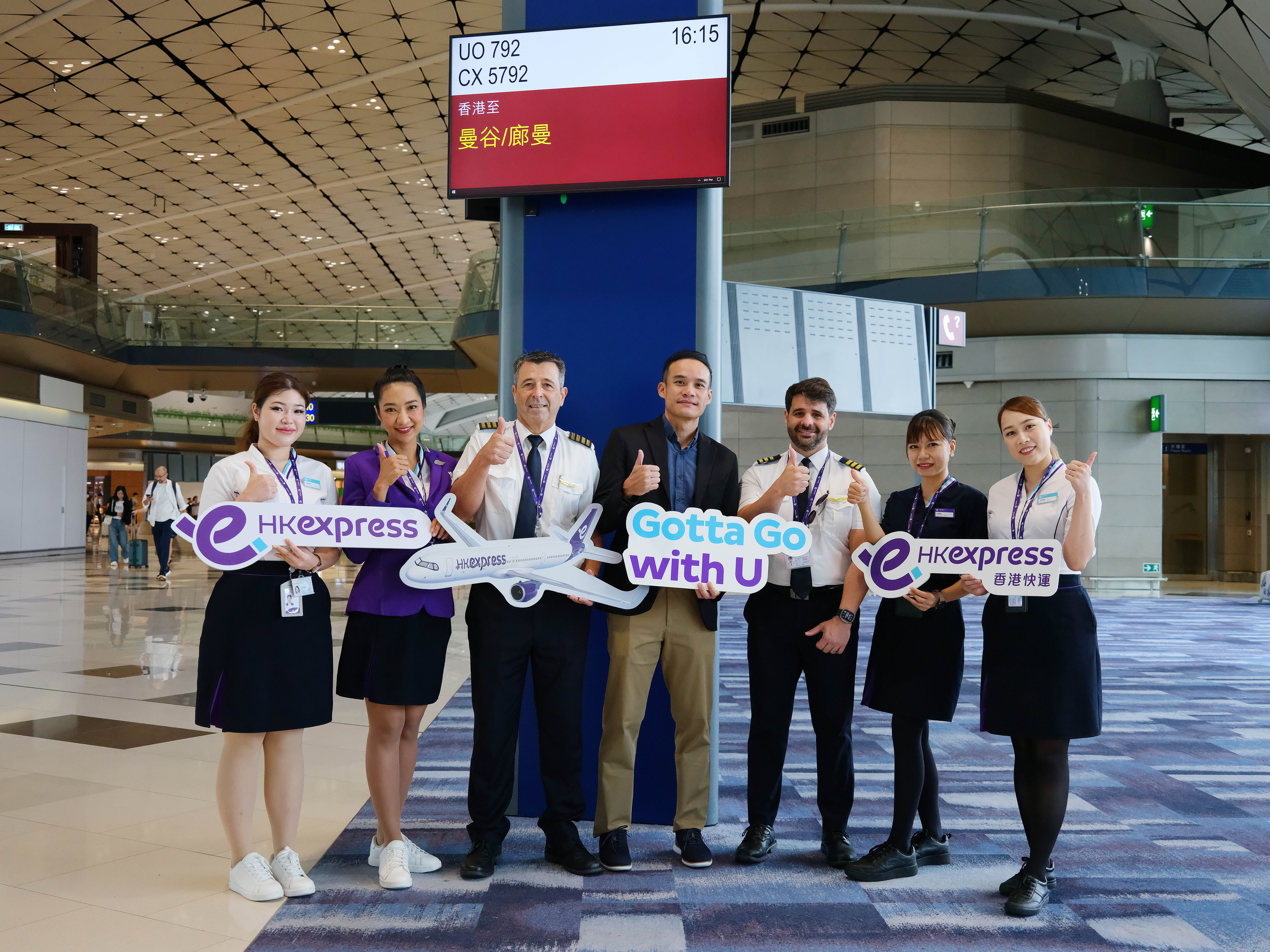
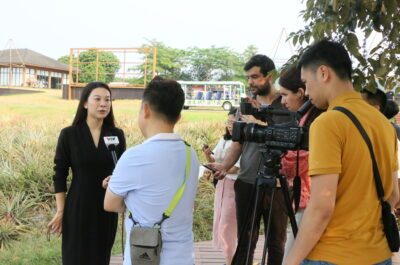
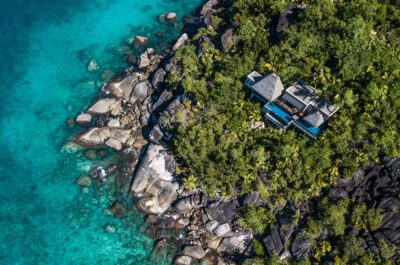
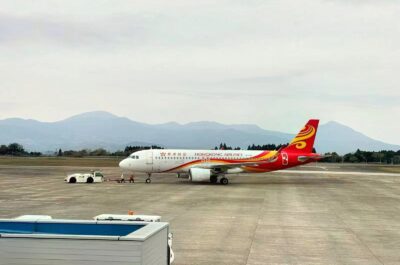
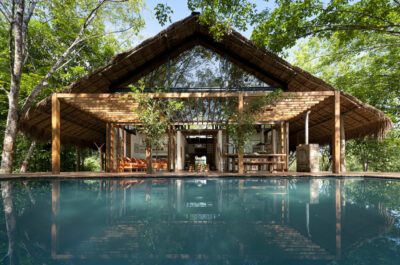


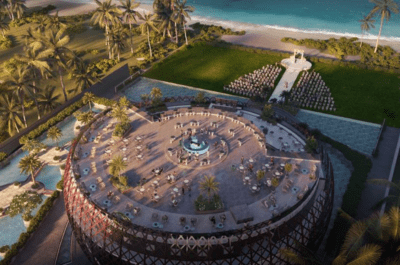
![[PR] PR_Ascott and Vimut Hospital_2024](https://www.traveldailynews.asia/wp-content/uploads/2024/04/PR-PR_Ascott-and-Vimut-Hospital_2024-400x265.jpg)
